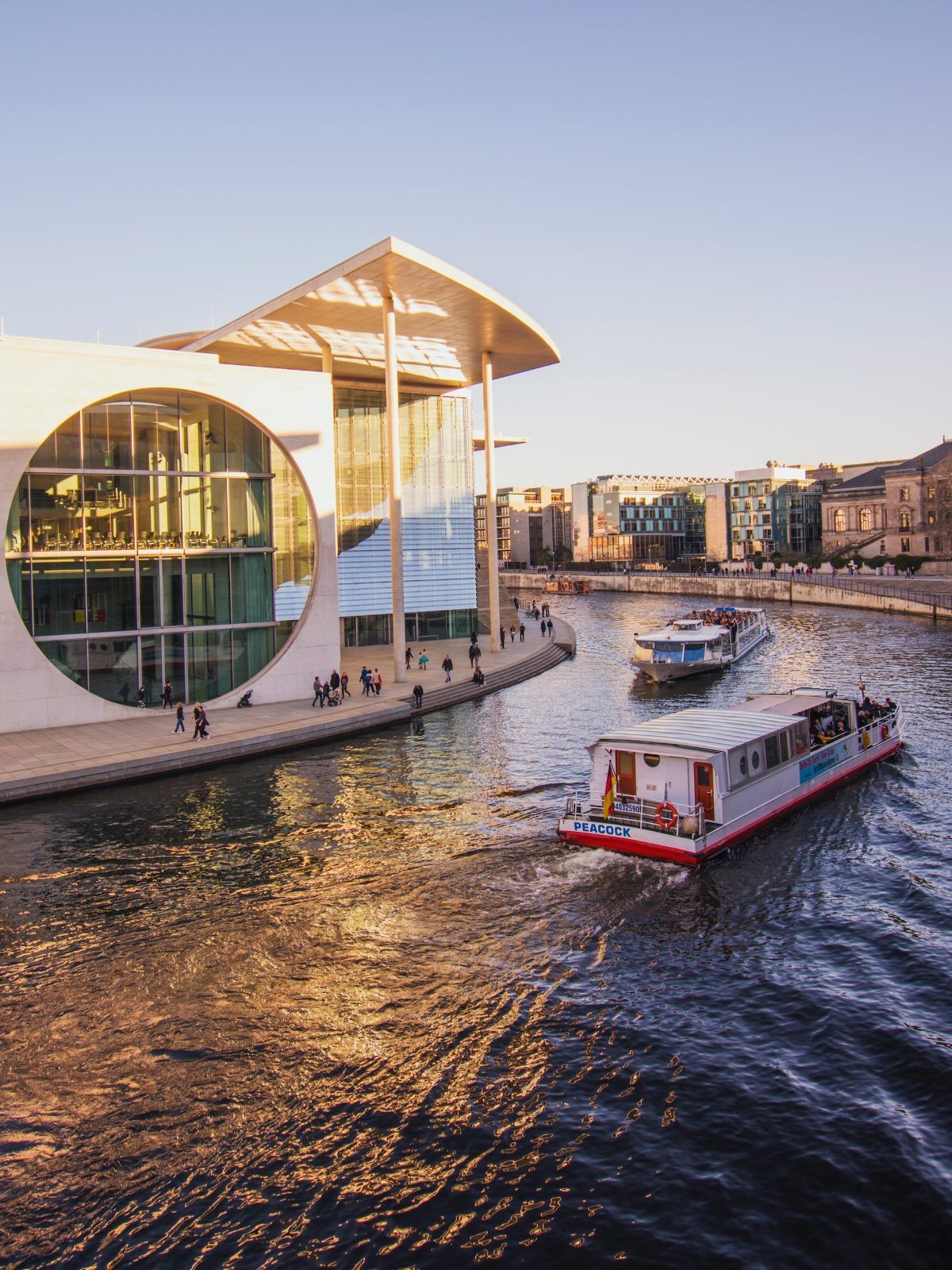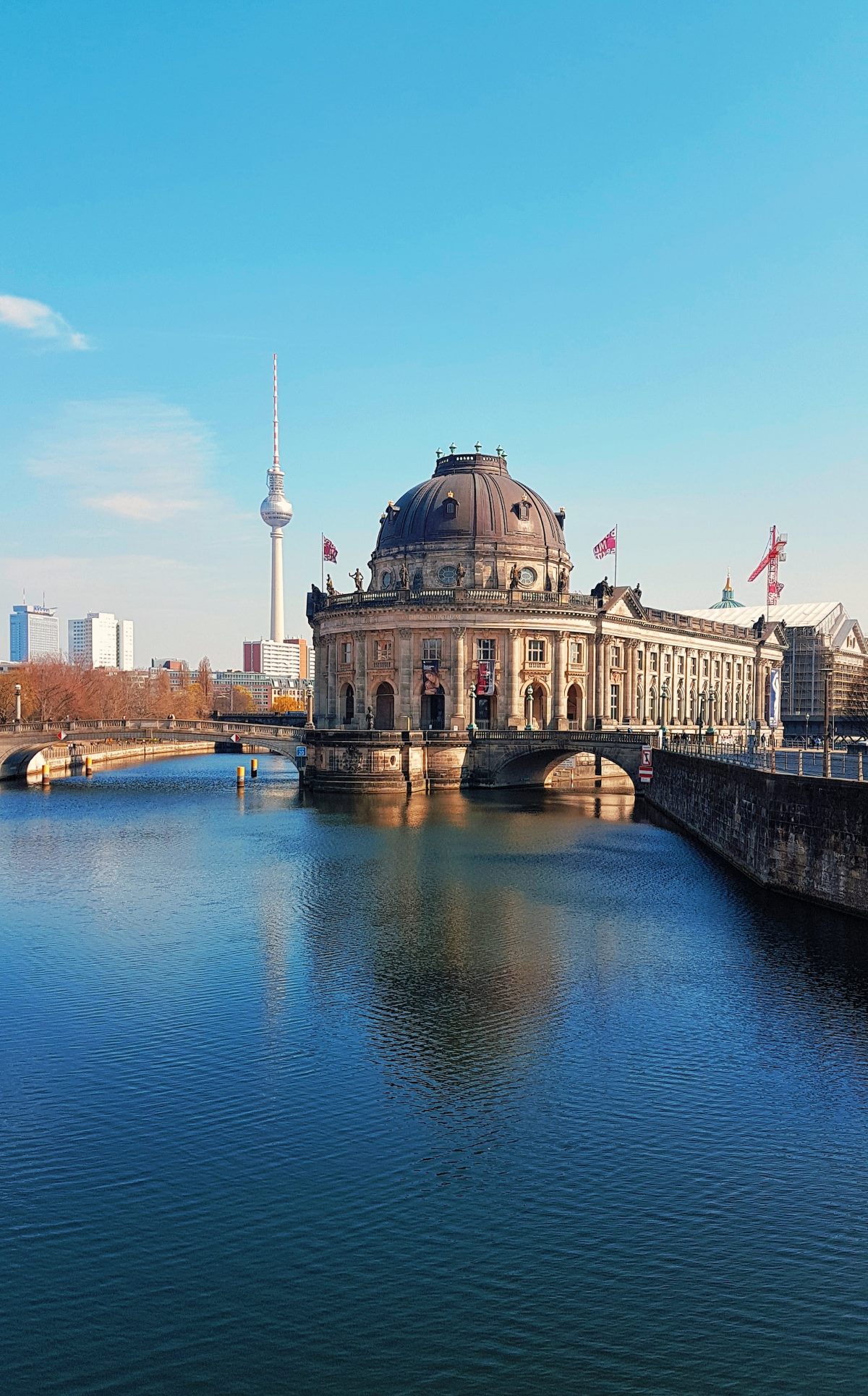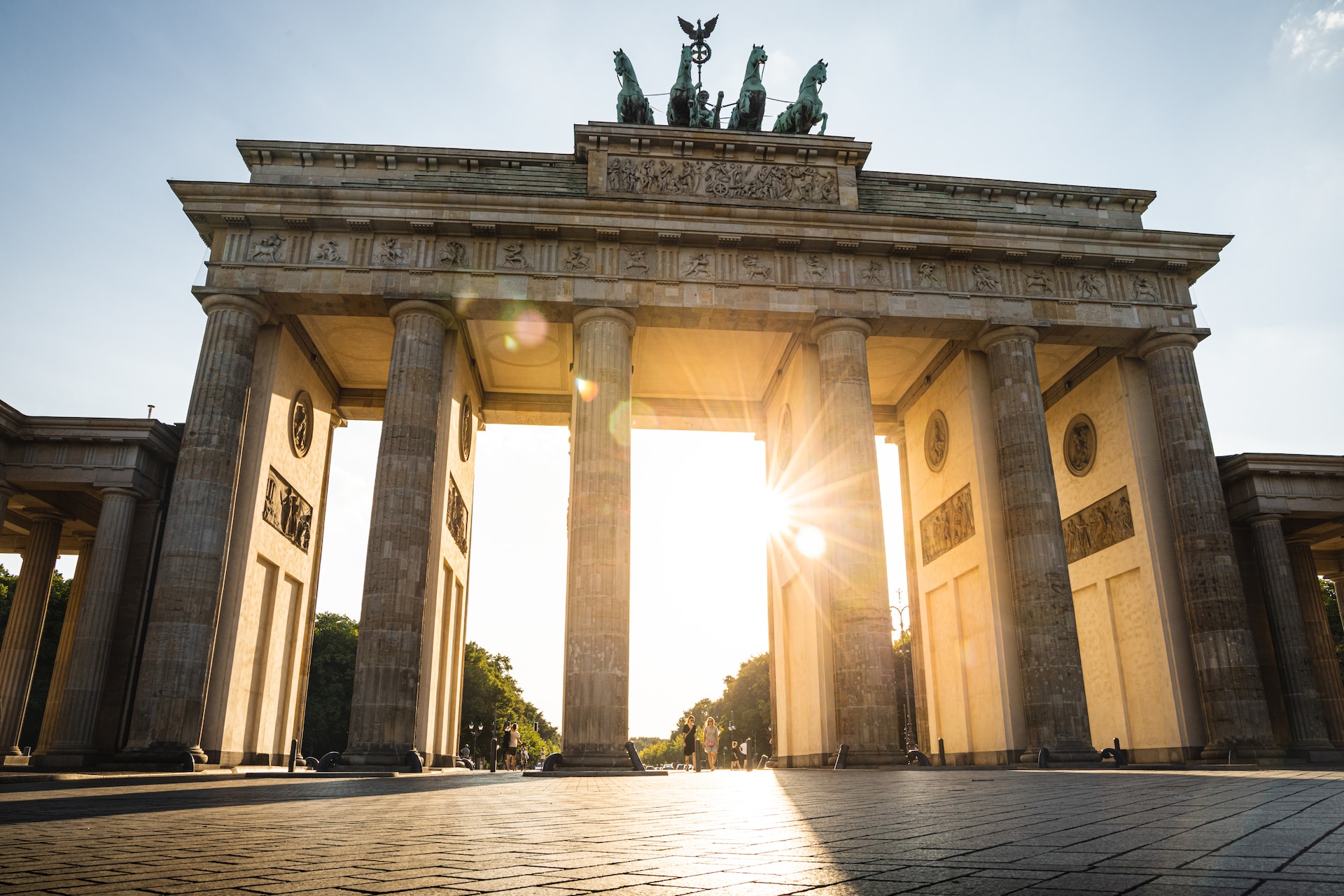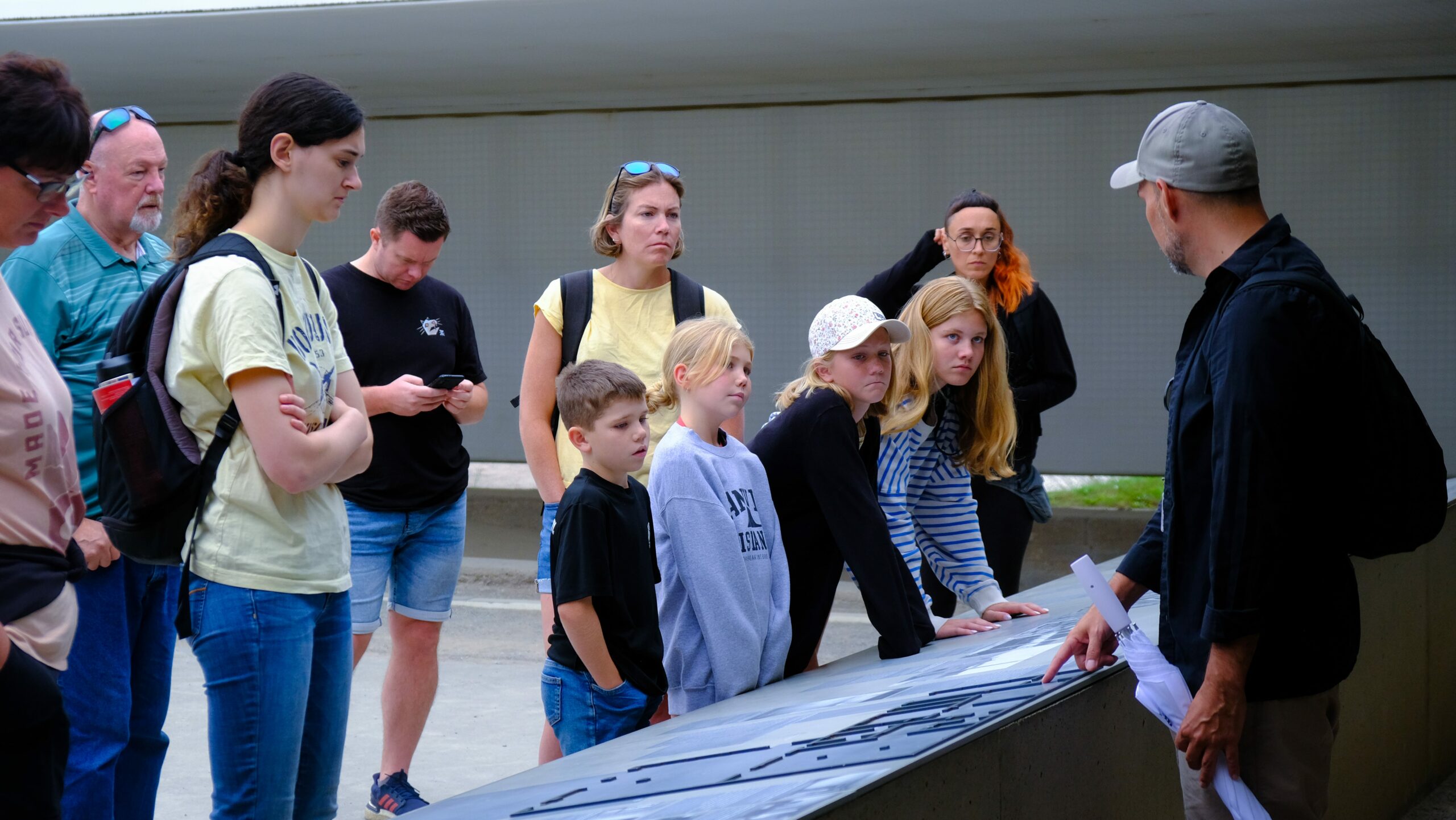In 1961 the German Democratic Republic (East Germany) constructed the Berlin Wall as physical boundary which divided West Berlin beneath Western democratic control from East Berlin under Soviet Union and its ally authority. The wall embodied the primary Cold War conflict by creating an obvious separation between socialism and capitalism. The USSR presented its perspective on and its public image of the Berlin Wall.
1. The Wall as Protection
The Soviet government built the Berlin Wall with the purpose of protecting East Berlin from Western imperialistic interference. The Soviet Union presented the wall as essential protection against Western subversive tactics of entering communist territories.
2. It Contributed to Stability
The USSR used stability as their main defense of the wall because they believed it stopped potential confrontations between East and West Berlin. The governmental officials believed that Eastern and Western Berlin divisions created stability by protecting both regions from Western outside influence.
3. A Defense Against Espionage
The Soviet government declared that the wall functioned to secure their territory from Western intelligence efforts. East German government officials under Soviet Union support often blamed the Western countries for sending agents to spy on their territory in East Berlin. The authors presented the wall as a defense mechanism to protect their self-governance.
4. A Symbol of Communist Ideals
The Soviet government employed the Berlin Wall as their official representation of communist beliefs. The wall represented to the people and the world that socialism had become unshakeable through enduring determination. The socialist propaganda used the built wall as an actual object that symbolized socialism’s dominance over capitalism while deepening the ideological gap between both systems.
5. Demonstrating Western Aggression
The Soviet authorities presented the construction of the Berlin Wall through statements which blamed Western powers for instigating this event. Authorities in the socialist state displayed the wall as their response to hostile Western behaviors and their attempts to challenge the socialist regime. The Soviet goal of maintaining public support in this area included highlighting Western provocations which they used to demonstrate why the wall remained standing.
6. Preventing Brain Drain
The construction of the wall served mainly to stop East Berliners from defecting to West Berlin because of their professional skills and intellectual capabilities. The Soviet Union and East German authorities maintained that the wall successfully maintained their valuable resources to keep communist state operations running thus sustaining economic and intellectual development.
7. East Germany as a Showcase
The Soviet government actively promoted East Berlin and East Germany as a triumph of socialism against Western capitalist disorder and social divides. This physical barrier between opposing systems demonstrated apparent supremacy of the Eastern Bloc to the world.
Conclusion
During the Cold War period the Berlin Wall served as more than just infrastructure to separate Eastern Berlin from Western Berlin since it symbolically represented two incompatible systems. The Soviet Union saw the wall as an essential defense mechanism for territorial security along with counteracting espionage while presenting a powerful display of regime strength toward its socialist system. This rationale explains how the USSR continuously used diverse political reasons and motives to defend the Berlin Wall throughout its existence.
Table of Contents




